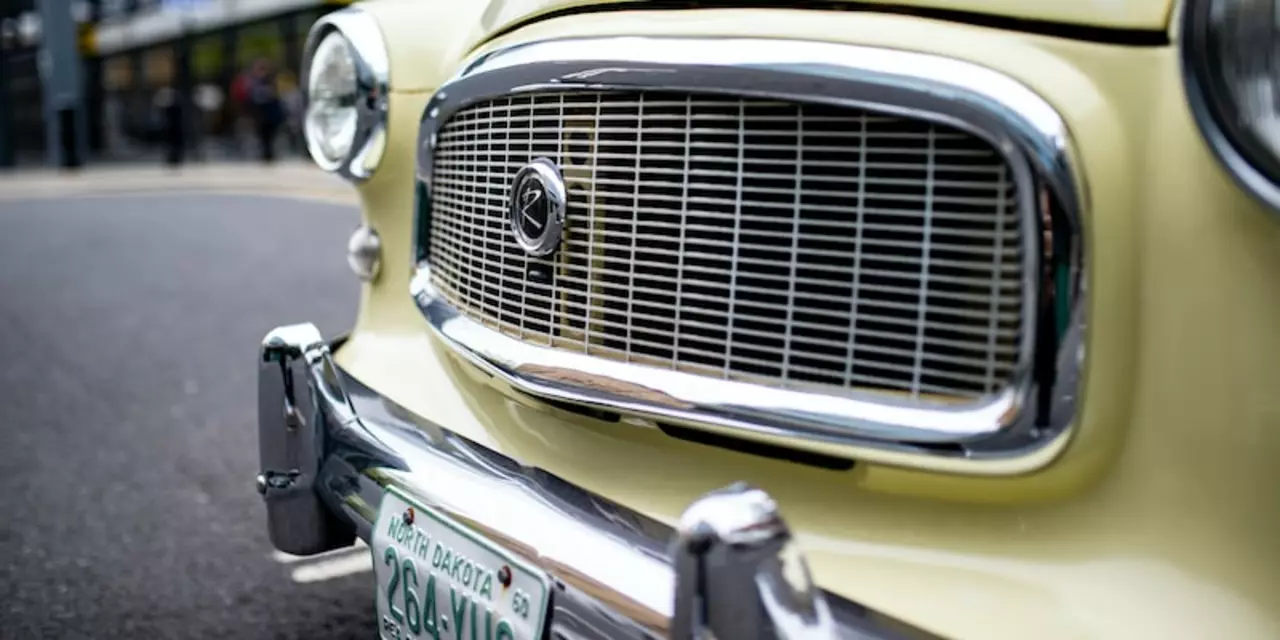Car Overheating: Fast Fixes & Prevention Guide
If your temperature gauge spikes or steam starts curling out of the hood, you’re dealing with a classic case of car overheating. It’s scary, but most drivers can handle it with a few basic steps and a bit of know‑how. Below we break down why it happens, what to look for, and how to keep your engine from turning into a furnace.
Common Reasons Your Car Overheats
First off, the coolant system is the heart of any cooling setup. If you have low coolant, a leak, or old fluid, the engine can’t shed heat fast enough. Check the radiator reservoir regularly – it should be filled to the "max" line when the engine is cold.
Another usual suspect is a stuck thermostat. The thermostat’s job is to open when the engine hits the right temperature. When it fails closed, hot coolant can’t flow, and the temperature skyrockets.
The water pump pushes coolant through the engine and radiator. A squealing pump or a loose belt often means the pump isn’t working, so the liquid just sits there getting hotter.
Don’t overlook the radiator itself. A clogged core, broken fan, or damaged hose can block airflow. Even a tiny blockage in the radiator fins will make a big difference on a hot day.
Lastly, driving habits matter. Heavy loads, aggressive acceleration, or riding in stop‑and‑go traffic on a scorching afternoon puts extra stress on the cooling system. Give the engine a break when you can.
What To Do When Your Engine Gets Hot
Pull over safely as soon as you notice overheating. Turn off the engine, pop the hood, and let the car sit for a few minutes. This gives the temperature a chance to drop and lets you check for obvious problems.
If you see steam, it’s probably coolant boiling over. Never crack open a hot radiator cap – the pressure can cause a nasty burn. Instead, look for a leak or a cracked hose. If you spot a loose hose, you can sometimes tighten it with a screwdriver or a pair of pliers.
When the engine is cool enough (around 30‑40 minutes), you can add a mix of water and antifreeze to the reservoir. This will raise the coolant level and can get you back on the road, but only as a short‑term fix.
If the temperature gauge is still high after you’ve refilled, it’s best to call roadside assistance. Driving with a persistently hot engine can warp the head gasket or ruin the cylinder walls.
For everyday prevention, keep these habits in mind:
- Check coolant level every month and before long trips.
- Flush and replace coolant according to your manufacturer’s schedule – usually every 2‑3 years.
- Inspect hoses and belts for cracks or wear during regular service.
- Listen for strange noises from the water pump or fan – a squeal often means a belt is slipping.
- Don’t ignore warning lights; the temperature gauge is a reliable early‑warning system.
Following these simple steps can keep your car’s engine temperature in the safe zone, save you from costly repairs, and give you peace of mind on the road. Remember, a little attention to the cooling system goes a long way toward preventing that dreaded overheating moment.
What happens if your car overheats and the radiator cracks?
- Thomas O'Reilly
- Feb 18 2023
- 0 Comments
If your car overheats, it can cause the radiator to crack. This can cause the radiator to leak and the engine to seize up. If the engine seizes up, it will need to be replaced or rebuilt. If the radiator is cracked, it will need to be replaced and refilled with coolant. It is important to regularly check your coolant levels, as well as keep an eye on the temperature gauge, to ensure your car does not overheat.
View More